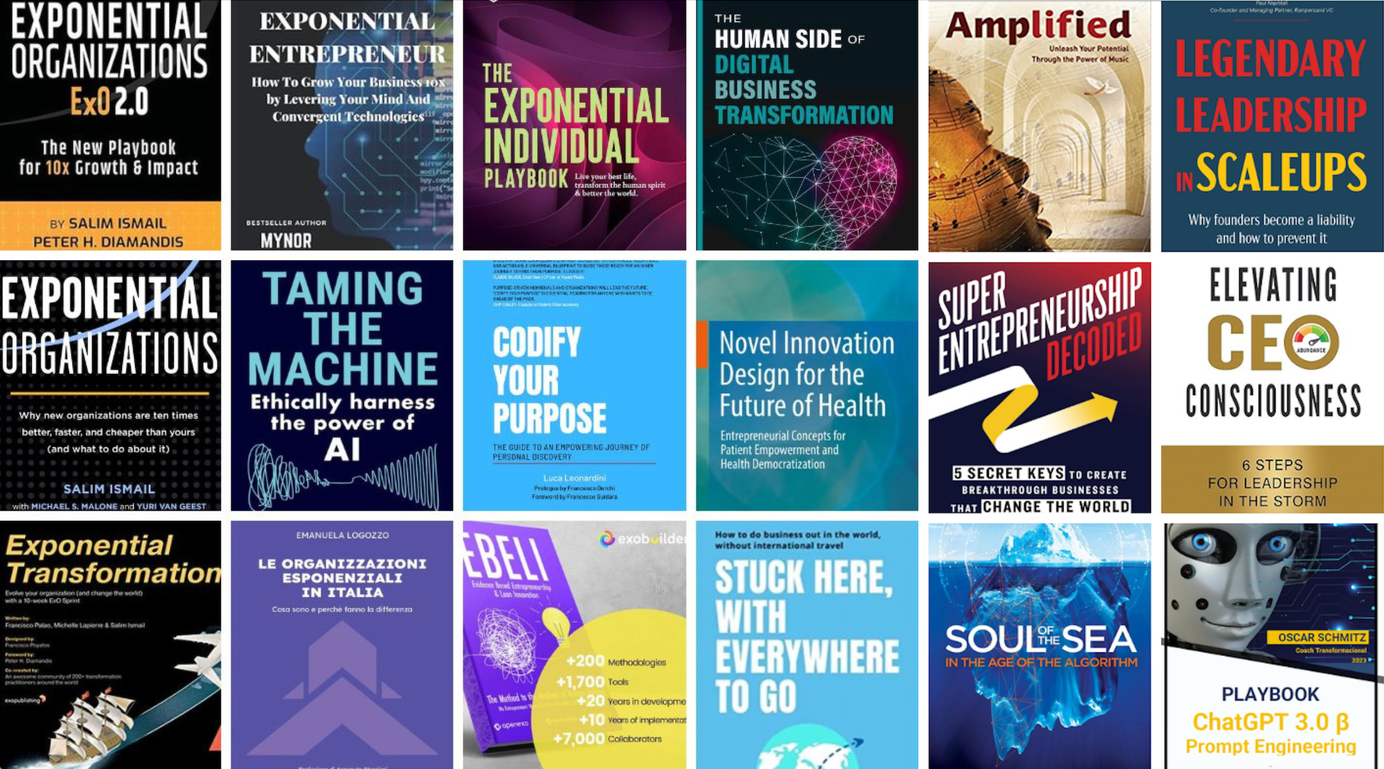
Future of Neural Network Technology
Deep neural networks, or more broadly, learning models with deep embeddings, enable a wide range of applications on various levels: from biomedical data to language modeling.
In today's digital era, we may be the first to realize a better understanding of the natural world and the human brain's evolution, but we still have a long way to go. In this article, we tackle this challenge by studying evolution in a biological way. We first study biological evolution in the form that we have evolved a single neuron over millions of years. Then, we study the evolution of the human brain by using neurons. Finally, this article will cover the different changes and developments of the human brain in the same environment, which also can be used to understand evolution biologically.
The complexity of neural networks has grown exponentially for the last several decades, enabling us to perform complex, nonlinear inference and reasoning on large models. This work explores the use of an optimization algorithm for a large classifier-based network classification task. It evaluates the performance of a few other networks, namely the deep conv Nets and SVM. Specifically, we show that our algorithm outperforms other state-of-the-art (i.e. CNNs) in the classification accuracy, showing that it is the best trained CNN for the task. We then present a new optimization algorithm to solve the classification problem we tackle using an optimized algorithm. Finally, we apply the optimization to two standard neural network models: Image Net. This yields an algorithm that is much faster and more robust than some state-of-the-art CNN-based models. Finally, we evaluate our algorithm on an established network classification dataset, where it achieves comparable or even better classification accuracy than both CNN models.
Machine learning has received a growing interest in the past years as it has many applications in both computer science and medicine. This paper presents a new method for a machine learning approach to learn latent state representations based on a deep neural network. Specifically, we propose a new method called a deep neural network model to learn a latent state representation from a vector in a recurrent neural network model. We further present a new way to learn a deep neural network-based approach to latent state representation learning using a deep reinforcement learning algorithm (LSRL). The model is trained to minimize the regret of the learned representation and predicts the output if it is better.
Experiments on real data demonstrate the effectiveness of the proposed approach and demonstrate that the model outperforms previous state-of-the-art methods for the task. Deep neural networks, or more broadly, learning models with deep embeddings, enable a wide range of applications on various levels: from biomedical data to language modeling. In this work, we study the feasibility and performance of learning models on structured data and unstructured language models and compare their performance with a novel model called a generalized model with deep embeddings. This approach relies on the use of a deep embedding that encodes and updates the data layers, and we show that deep embeddings can be a key component of the learning process. We also study the embedding quality of supervised learning and evaluate the learning power of deep embeddings on several datasets.
Deep neural network (CNN) architectures are promising tools in the analysis of human language, both in English and in other foreign languages. However, they are largely limited to the case of non-English English word-level features and only limited to the case of English-based word information. Several publications have explored the use of non-English word-level feature representations for English Wikipedia articles.
However, it is still possible to use word-level feature representation for this purpose, as we have recently seen the success of the usage of English word-level features in language modeling for English Wikipedia articles. We propose a new way to learn from a word-level feature representation using English Wikipedia features.
Our approach is based on the fact that the feature correspondences of words are not in the form of a word, while the embedding spaces of words are. The idea is to embed words using a word embedding space and then learn from them. We demonstrate the method on a machine translation task that used Japanese text for information extraction. There are a lot of possibilities and developments that will appear in neural technology in the coming future.

ExO Insight Newsletter
Join the newsletter to receive the latest updates in your inbox.









